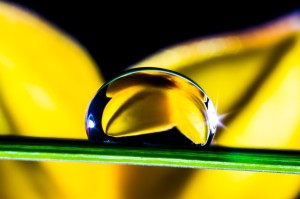 According to National Geographic, the average American lifestyle is kept afloat by about 2,000 gallons of H2O a day—twice the global average.
According to National Geographic, the average American lifestyle is kept afloat by about 2,000 gallons of H2O a day—twice the global average.
Have you ever calculated your water footprint? Do you know how much water you use? Do you know how much it costs in dollars? Do you know that how much water you use and how you use it impacts the environment? In a recent article by Scott Tong, the author surveyed folks to see how much water they estimate the average person/family uses per day. Then he measured how much water his family of five uses. The results were a surprising.
There are also hidden ways we use water that we don’t always take into account. As reported by National Geographic, nearly 95 percent of your water footprint is hidden in the food you eat, energy you use, products you buy, and services you rely on.
If you want to calculate your water footprint and learn ways to save water in your household, click here for the Water Footprint Calculator from National Geographic.

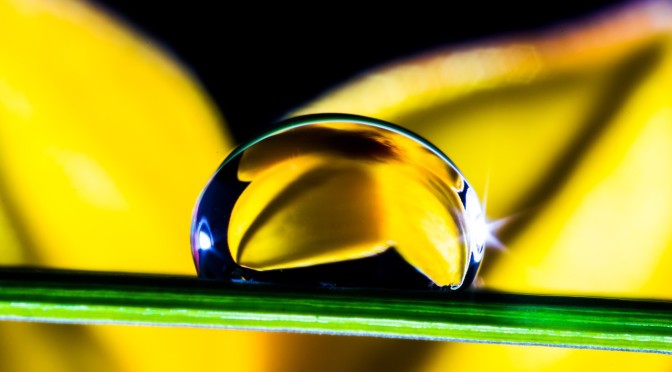
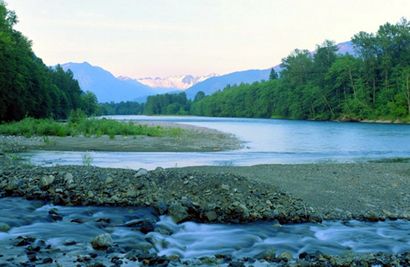
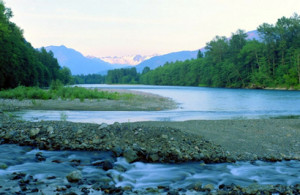 Skagit County Planning Department issues its first residential building permit with rainwater collection as sole source of water.
Skagit County Planning Department issues its first residential building permit with rainwater collection as sole source of water.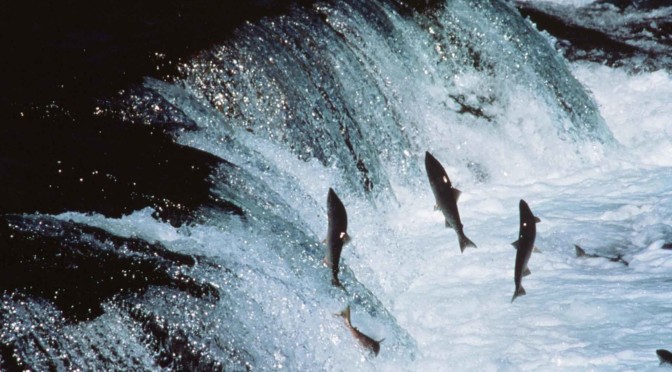
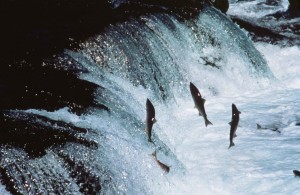 The ongoing battle of water rights continues in Skagit County – with Senate Bills 5129, 5136, & 5407 introduced by Republican Senators Bailey & Pearson. The bills, if passed, would repeal some in stream flow rules from the original 2001 ruling.
The ongoing battle of water rights continues in Skagit County – with Senate Bills 5129, 5136, & 5407 introduced by Republican Senators Bailey & Pearson. The bills, if passed, would repeal some in stream flow rules from the original 2001 ruling.